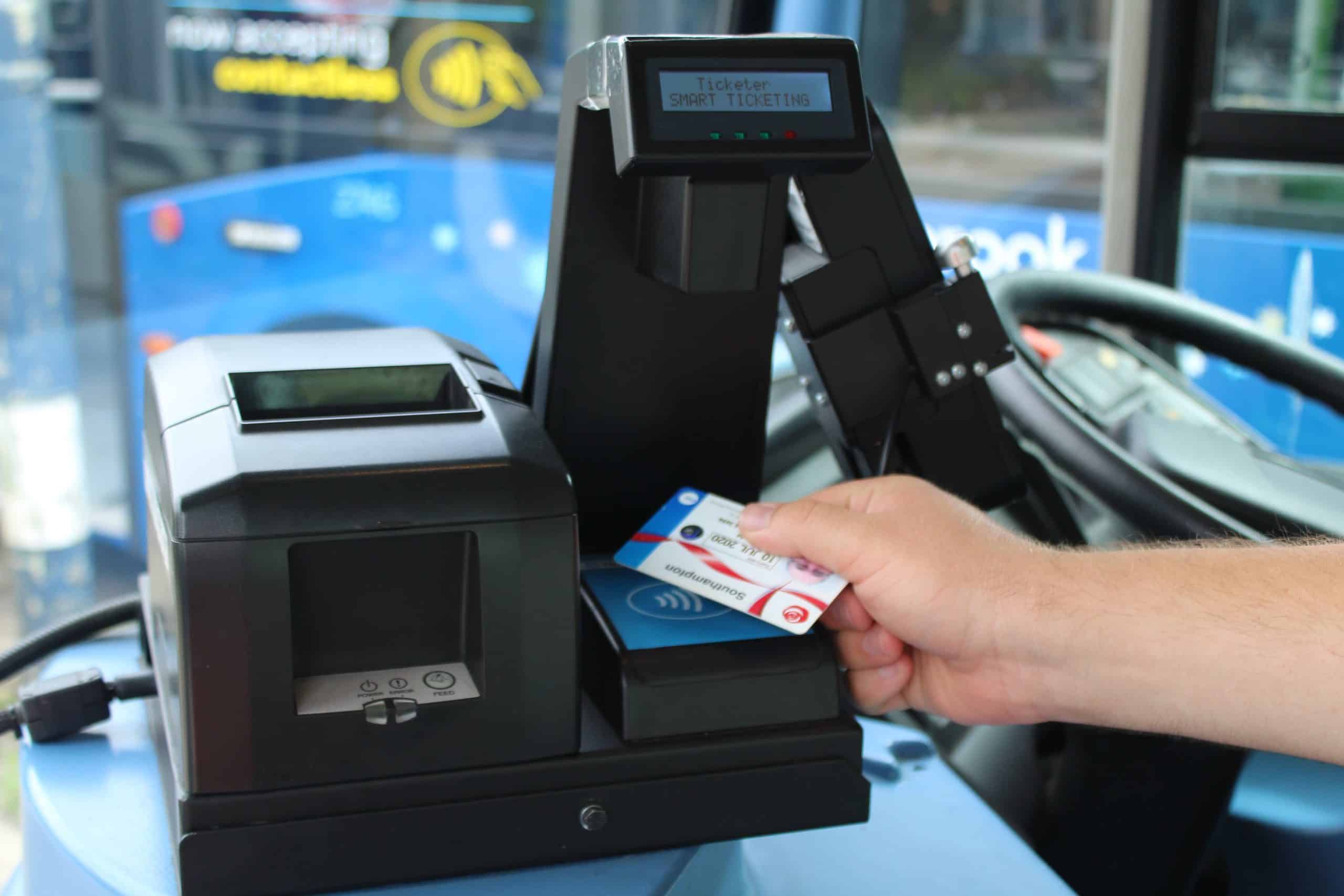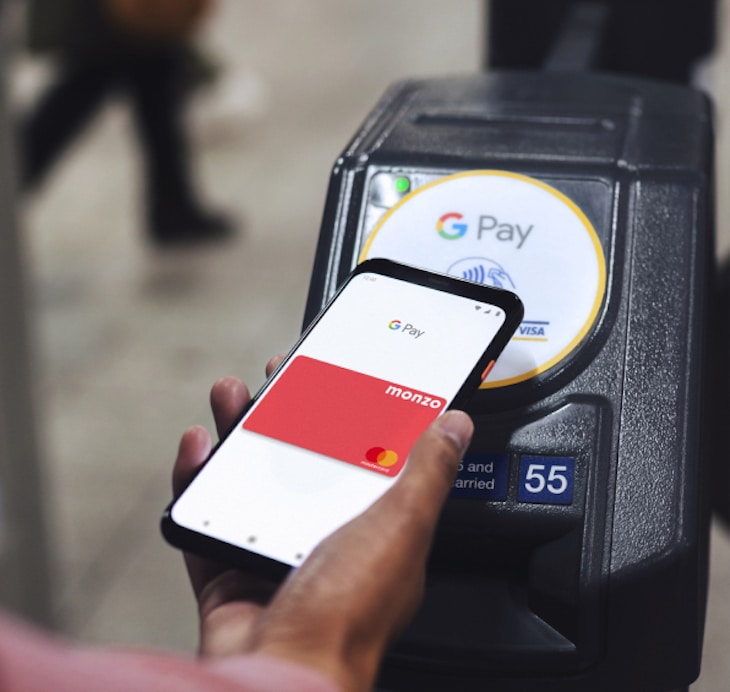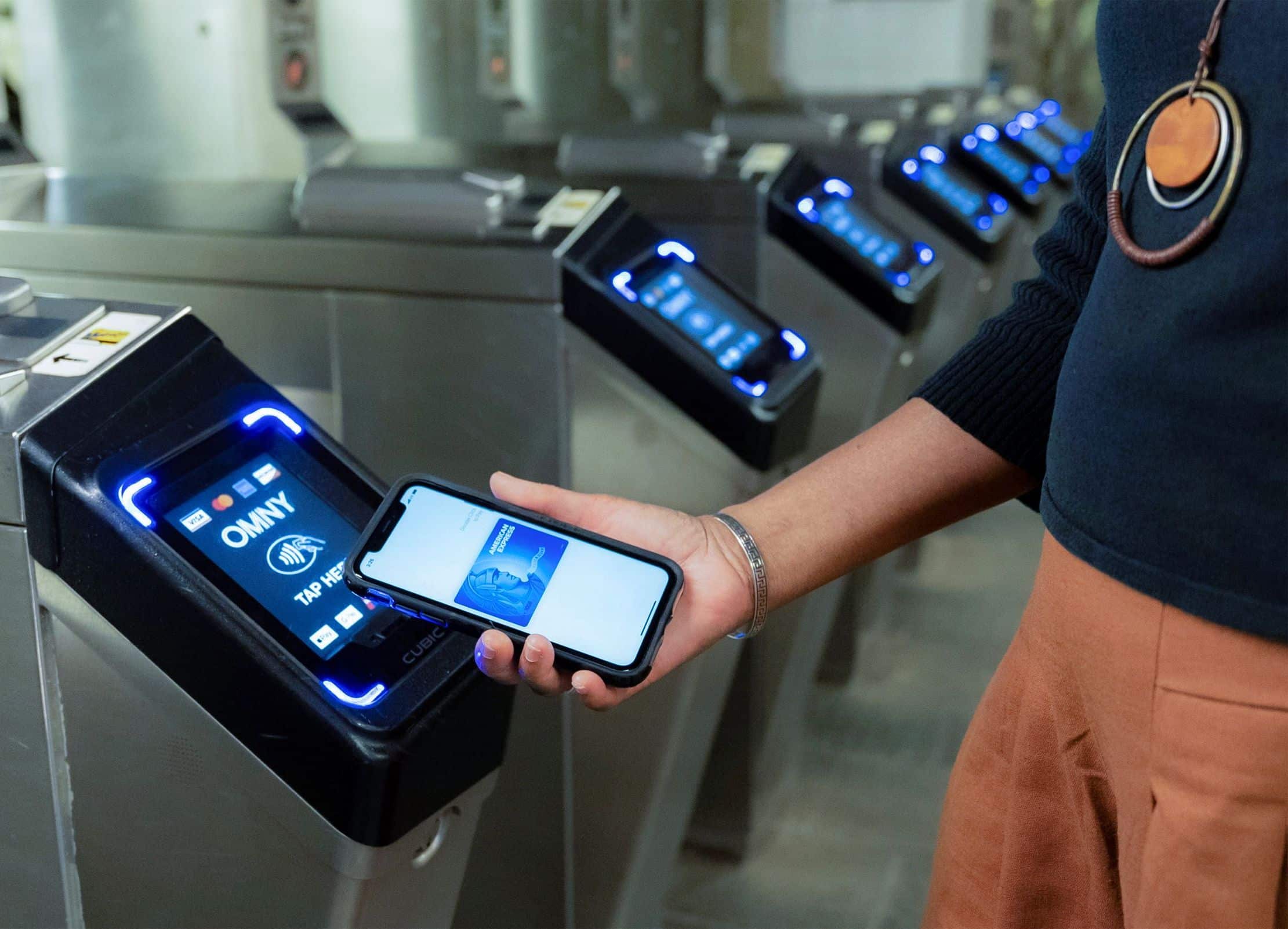
Article Highlights
Panelists during the Second Edition of the debate webinar, “The Pros and Cons of Open-Loop Payments” weigh in on whether transit agencies should support concessionary discounts with open-loop cards and wallets and, if so, how.
With discounted fares for seniors, disabled persons, veterans and others making up a third or more of trips for many transit agencies globally, the question of whether to support concessions with open-loop payments is a hard one to avoid.
• Transport for London
• MST (Monterey-Salinas)
• Kentkart
• Cal-ITP
• Transcode
• Arriva NL
Transit agencies rolling out open-loop payments have an important question or two to answer: Should they include concessionary discounts with their open-loop service, and, if so, how?





















